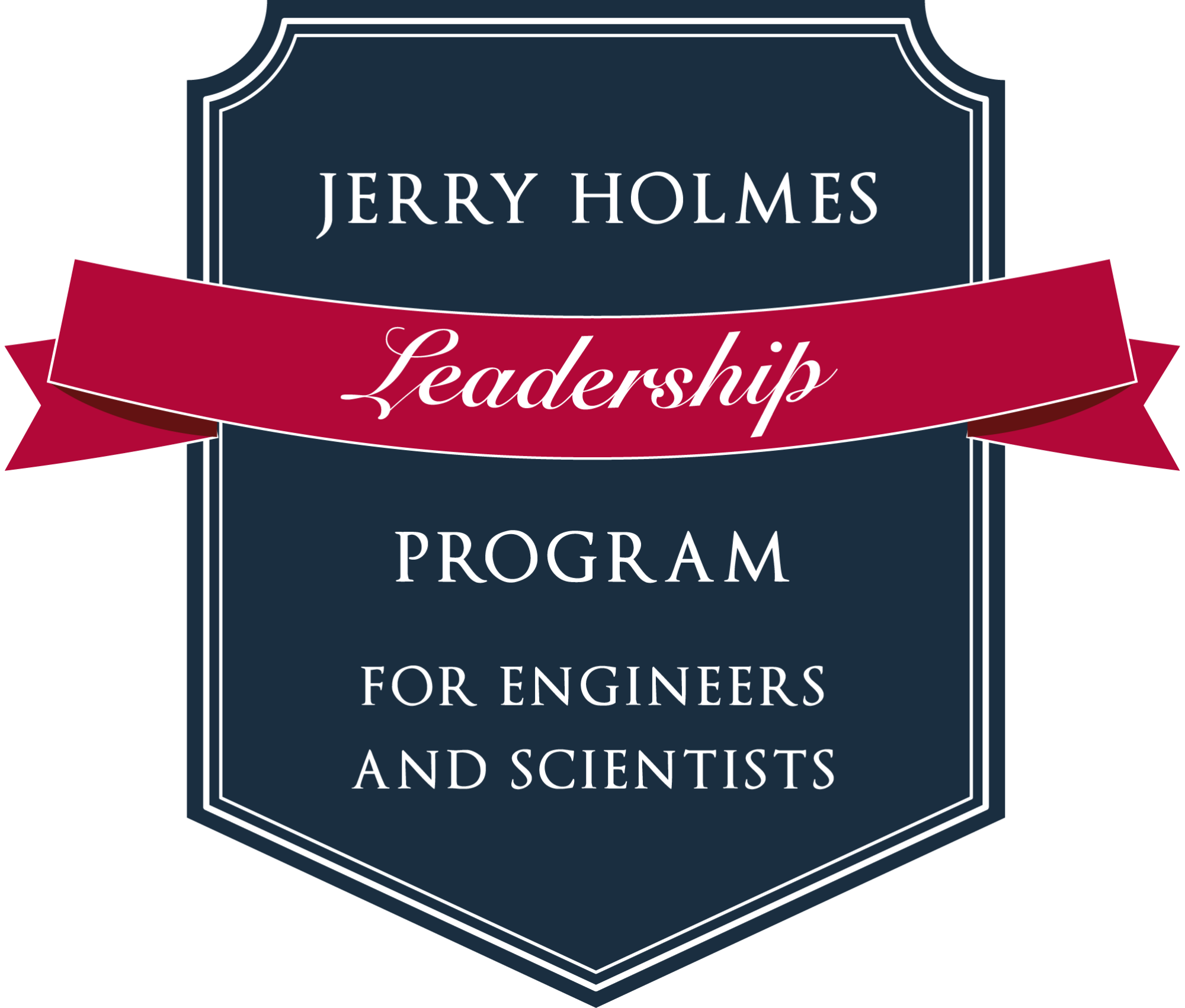
The Jerry Holmes Leadership Program employs a capability-based model of leadership education. Our 26 capabilities are organized under five pillars: personal development, interpersonal relationships, management and teamwork, generative leadership, and intercultural competence.
An ability to understand oneself and one's aspirations and possibilities
Knowing how to set personal goals, allocate resources accordingly, monitor progress, and achieve results
The ability to make effective decisions using rational and creative methods
The ability to cultivate and grow technical and financial expertise
Being a positive, productive, and sometimes outstanding contributor
The ability to initiate, create, and maintain mutually satisfying and beneficial relationships and social ties
The ability to promote fairness through inclusive practices
The ability to effectively work with others to achieve goals
The ability to experience and manage differences in constructive ways
The ability to communicate ideas effectively
Designing and developing a structure to achieve desired results
Coordinating and working with team members to achieve goals
Assessing and selecting individuals for specific roles
The ability to implement plans, assess projects, and react accordingly
Understanding and acting upon the importance of mentoring and training
Enabling others to have the authority, control, and voice in achieving shared objectives and making group decisions
What is generative leadership? According to leadership educators Lauren Bullock and Dan Jenkins, generative leaders "navigate uncertainty... and create or facilitate positive change." They "create new possibilities, think systemically, and generate innovative solutions to complex problems." Generative leadership "involves shifting from a reactive or problem-solving mindset to a proactive and creative mindset" (The Leadership Educator Podcast, S9 E122).
Creating and implementing a shared vision, goals, and objectives for achieving these aspirations
Creating an environment that enhances the ability, motivation, and opportunities among members to achieve outstanding results
Using a repertoire of different leadership styles to meet the specific situational requirements
Understanding the existence and necessity of power and building power for ethical and shared purposes as well as the ability to gain others' attention, commitment, and cooperation
Boundary spanning is "politically oriented communication that increases the resources available to the team and networking communication which expands the amount and variety of information that is available to the team."*
* Burke, C. S., Stagl, K. C., Klein, C., Goodwin, G. F., Salas, E., & Halpin, S. M. (2006). What type of leadership behaviors are functional in teams? A meta-analysis. The Leadership Quarterly, 17, 288-307
Creating and implementing positive and lasting changes
JHLP's capabilities are based on those developed by MIT's Gordon Engineering Leadership Program and the Rice Center for Engineering Leadership (RCEL) at Rice University. Their assistance and generosity are appreciated. Portions of the preceding text were excerpted with permission from the RCEL Engineering Leadership Handbook.